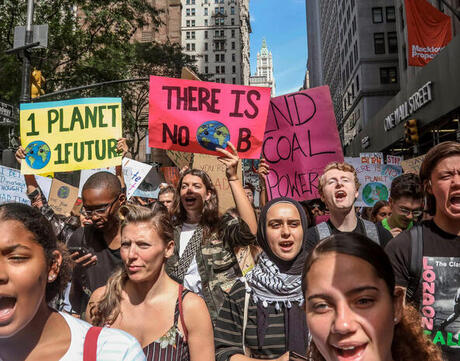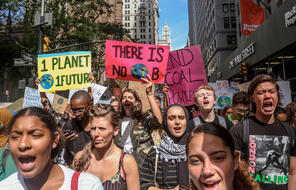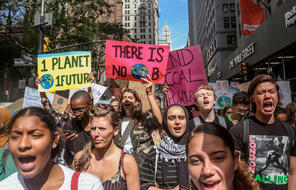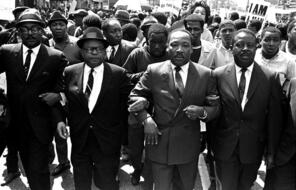
Reflecting on Climate Change and Ecological Grief
At a Glance
Language
English — USSubject
- History
- Social Studies
Grade
6–12- Democracy & Civic Engagement
Overview
About this Mini-Lesson
Climate change is one of the defining issues of our time, and it can be emotionally challenging to discuss. This mini-lesson is designed to help students reflect on their emotional reactions to climate change, consider their connection to the natural world, and learn about how collective action against climate change can make a difference. You can use this mini-lesson to prepare students for further discussions on issues related to the impact of climate change on individuals or societies.
Activities
Activities
Materials and Downloads
Unlimited Access to Learning. More Added Every Month.
Facing History & Ourselves is designed for educators who want to help students explore identity, think critically, grow emotionally, act ethically, and participate in civic life. It’s hard work, so we’ve developed some go-to professional learning opportunities to help you along the way.
Exploring ELA Text Selection with Julia Torres
On-Demand

Working for Justice, Equity and Civic Agency in Our Schools: A Conversation with Clint Smith
On-Demand

Centering Student Voices to Build Community and Agency
On-Demand
















